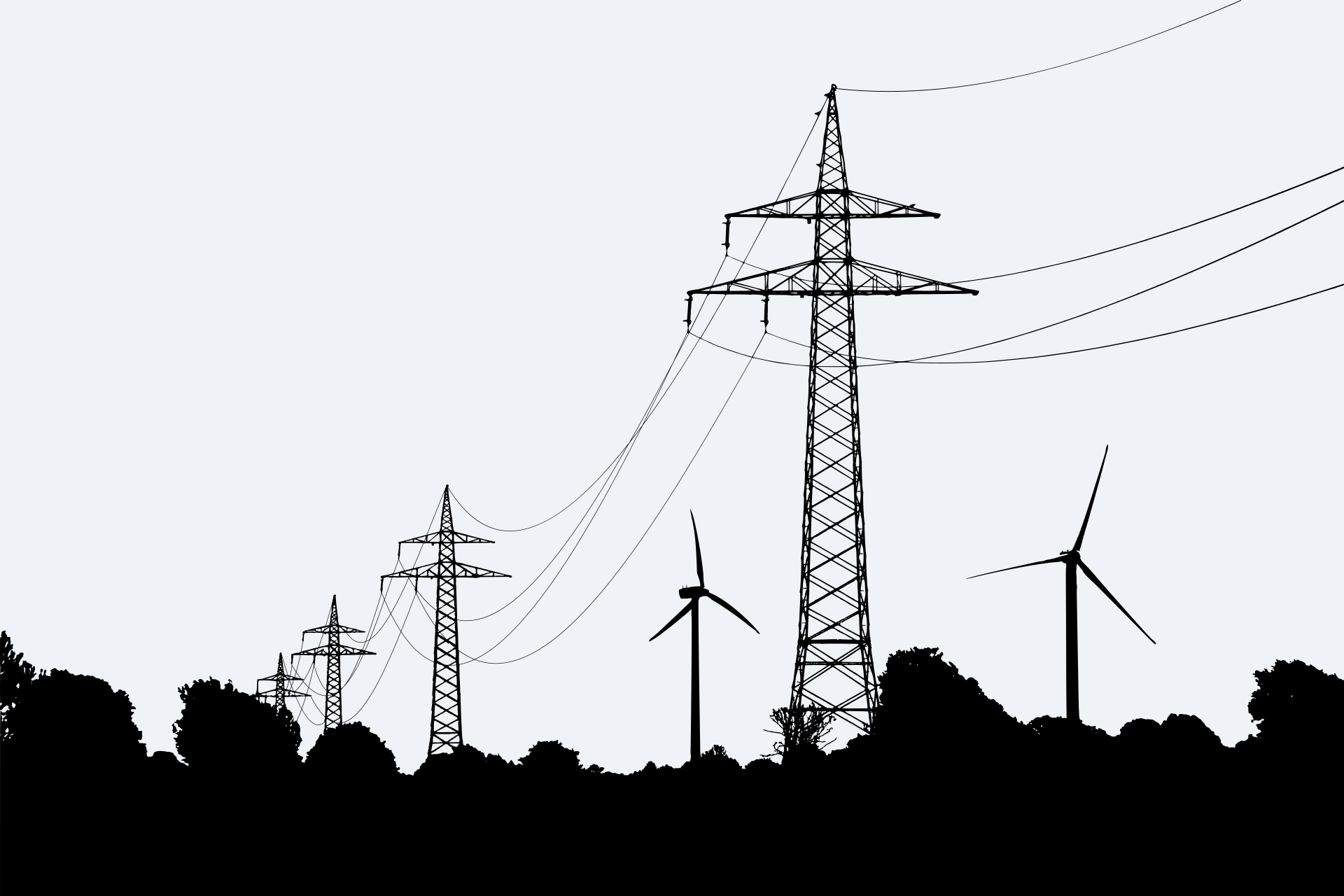In line with EU Regulation 543/2013, Transmission System Operators (TSOs) in EU member countries are required to publish day-ahead forecasts for electricity generation and consumption, along with specific forecasts for the variable renewable energy (VRE) sources, i.e., solar and wind power. Each day around 6 p.m. (Brussels time), these forecasts are released on the ENTSO-E Transparency Platform for the following day.
Building on these forecasts, we have introduced a new feature to the EnergieTakt Karte: a day-ahead emission intensity forecast. Using a Histogram Gradient Boosting Regressor, a predictive model is trained on recent historical data—15 days of VRE generation, total generation, and consumption for each region. This trained model then predicts the next day’s emission intensity, providing insights into anticipated emissions based on the forecasted energy mix.
The day-ahead emission intensity forecast is calculated and published on the EnergieTakt Karte (and API) between 8 p.m. and 8:30 p.m. (Brussels time). Additionally, at around 8 a.m. the next day, TSOs publish an intraday forecast update, which is incorporated to refine the emission intensity forecast. The updated forecast is calculated and published on the dashboard between 9 a.m. and 9:30 a.m., providing a more accurate picture of expected emissions for the day as real-time conditions evolve.
Caveats
While the emission intensity forecast offers valuable insights, several limitations affect its accuracy. First, the model relies heavily on VRE forecasts, assuming that the remaining non-VRE generation maintains a consistent emission intensity. This means the model does not account for whether non-VRE generation comes from hydro, nuclear, or fossil fuels, which can lead to significant under- or overestimations. Especially in smaller countries like Czechia, changes in non-VRE sources can drastically alter the emission profile. For example, if a nuclear power plant goes offline, fossil fuels may fill the gap, causing actual emissions to exceed the forecast.
Another challenge is in countries with substantial electricity imports, where imported electricity significantly affects emission intensity. The forecast currently considers only domestic generation patterns, meaning high-emission imports or clean energy imports are not factored into the prediction, potentially skewing the accuracy of the intensity forecast. Users should keep these factors in mind when interpreting the emission forecast, as external and unaccounted variables can influence actual outcomes.
